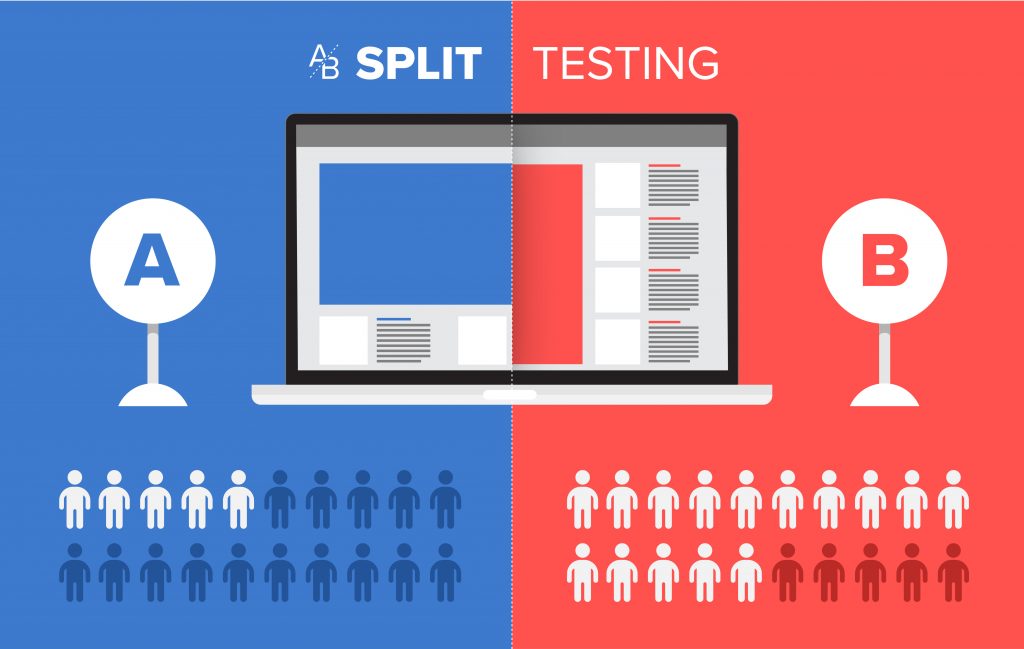
A split test is also referred to as an A/B test. It’s a procedure used by website gurus and online advertisers to optimize Google ads and website pages for better metrics (clicks, leads, purchases, click-through rates, etc.).
Different facets of a web page or an ad are tested independently to know how to optimize them. With split testing, you can test headlines, landing pages, descriptions, calls-to-action (CTAs), and bid limits, among others. You should carry out enough testing to get the right combination of metrics.
Why Do A Split Test?
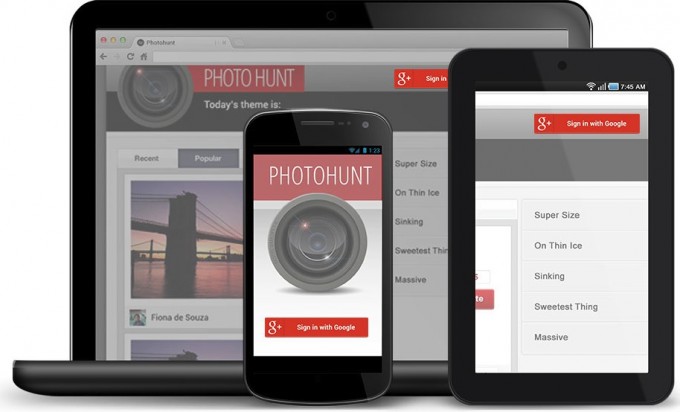
- Optimization: Digital marketers use split testing primarily to improve PPC campaign results by testing the different elements of a page, such as images, forms, and CTAs, that affect conversion rates.
- Validation: You can use split testing to ascertain which variation of each page element is best suited to generate optimal results for your ad campaign before rolling it out.
Testing on Google Ads or other available platforms does not just consist of doing separate campaigns and choosing ad groups you want to test. In practice, it’s not that simple and may require you to seek the help of experienced digital marketers like The Brains Google Ads agency to get the best variations for your ad copy.
Where To Start In Split Testing

The foremost thing you should do when split testing Google ads is to determine what you should test, which would set the direction you want to go. Do you want to test ad copy, landing pages, locations, keywords, bids, or demographics?
In case you’re testing the ad itself (descriptions, headlines, and URLs), then you’ve got to do an ad variation test. If your test involves the campaign or its settings (bid strategies, keywords, demographics, locations, ad groups, audiences, etc.), you should do a campaign experiment.
Ad Variation Testing

Split testing with ad variations on Google Ads can be done in two ways: through the ads page itself or through the Drafts & Experiments tab.
The Ads Page
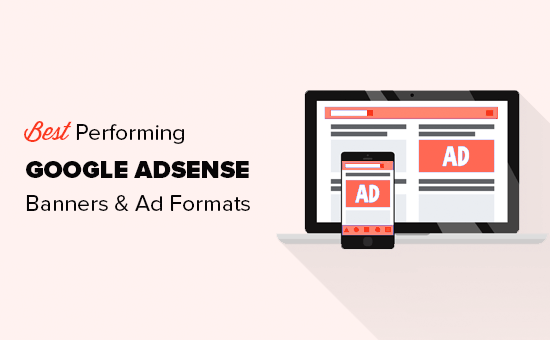
You can follow these steps to do split testing using the ads page:
- Log in to the account you intend to make changes to on Google Ads and click ‘All Campaign.’
- Select the campaign for running the test. In case you want to do more than one campaign test, repeat the procedure for other campaigns.
- On the left sidebar, click ‘Ads & Extensions’ then select ‘Ads.’
- While still on the Ads page, click ‘+,’ which allows you to create a new ad, and then click ‘Ad Variations.’
- You’ll be directed to the Ad Variations page. Choose the campaign again and your ad type (text or responsive) and select ‘Continue.’
- Using the ‘Find and Replace’ tool, input the old headline, URL, description, etc. into the ‘Find text’ area.
- Using the ‘In’ dropdown, match your text to the part of the ad it should go with.
- Locate ‘Replace with,’, and then paste the URL or text you’re running the test for and select ‘Continue.’
- Supply a name for the variation and choose dates (consider a minimum of two weeks). Set the ‘Experiment Split’ at 50%.
- Finally, select ‘Create Variation.’ The ad variations you can use to analyze key metrics will be displayed.
The Drafts & Experiments Page
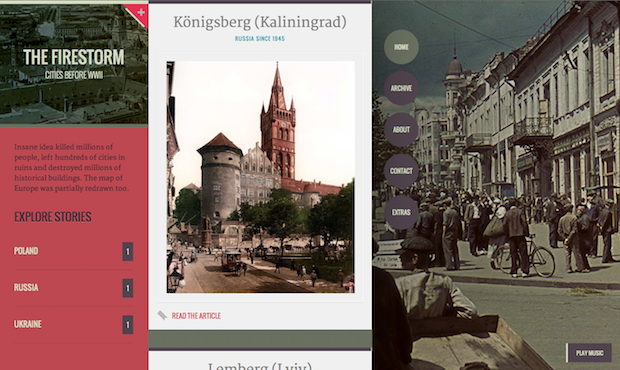
Here’s how you can split test via the Drafts & Experiments tab:
- Choose the account on Google Ads and click ‘All Campaigns’ at the top.
- Move down on the left sidebar to select ‘+More.’
- While still on the bar, click ‘Drafts & Experiments’ then click ‘Ad Variations.’
- The Ad Variations page will open. Select ‘+’ at the top or click the ‘New Ad Variation’ option in the middle.
- Choose your campaign to make your changes in the ad type (text or responsive) before selecting ‘Continue.’
- Go to ‘Find and Replace’ and add the old headline, URL, description, etc. in the ‘Find text’ area.
- Match your text to the part of the ad it goes with using the ‘In’ dropdown.
- Paste the URL or text you’ll test to the ‘Replace with’ area then select ‘Continue.’
- Give the variation a name and set dates (consider two weeks minimum), and set ‘Experiment Split’ at 50%.
- Finally, choose ‘Create Variation’ to get the variations you need for analyzing metrics.
Campaign Drafts & Experiments

You should do this kind of A/B testing when you’re not dealing with elements of the ad itself such as demographics, keywords, locations, and audiences. It involves two processes. First, you create a campaign draft, and then you turn that draft into an experiment.
Campaign Drafts

- Open your account on Google Ads then click ‘All Campaigns.’
- Move down to select ‘+More.’
- Select ‘Drafts & Experiments,’ and then click ‘Campaign Drafts.’
- The Campaign Drafts page will open. Click ‘+’ at the top or click the ‘New Draft’ option in the middle.
- Choose ‘Select a Campaign’ and pick the campaign you’d like to make changes to.
- Name your draft then click ‘Save.’
- Move on to the changes you need to test (keywords, targeting options, bid strategies, etc.). Don’t forget to save afterward.
Campaign Experiments
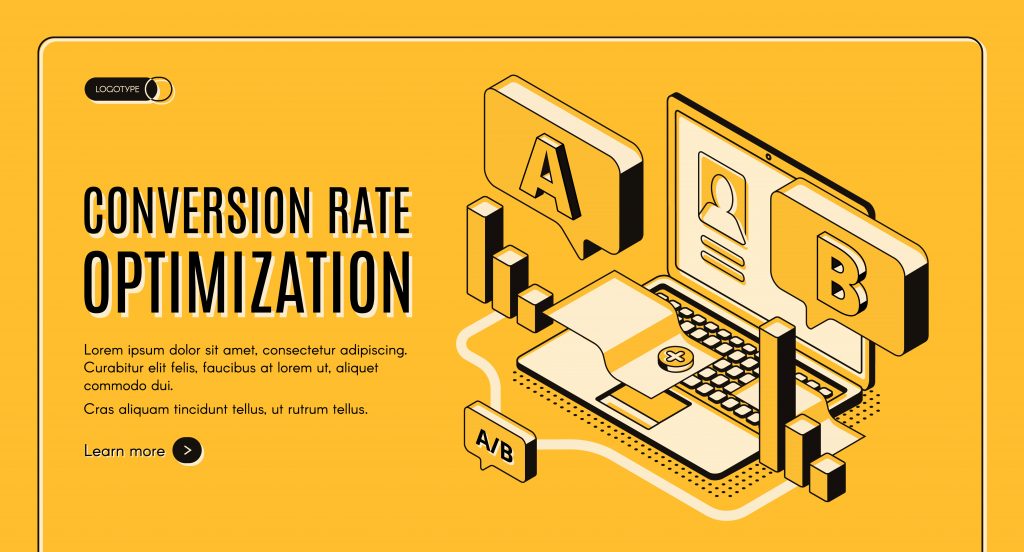
- Press ‘Drafts & Experiments’ on the left sidebar, then click ‘Campaign Experiments.’
- Click the ‘+’ button or ‘New Experiment’ option in the middle.
- Choose the draft you made earlier, and then name your experiment.
- Set your start and finish dates (two weeks are ideal), and set your experiment split at 50%.
- Press ‘Save,’ which will take you to the Campaign Experiments section, where you can see your experiment listed with a beaker icon.
- The key performance indicators (KPIs) in your campaign will be shown here.
Analyzing The Results

After the test days are over, evaluate the KPIs to see if your test has yielded good results overall. If you want to generate more sales or leads, check your overall conversions, cost per conversion, conversion value, and conversion rate. If you’re interested in traffic generation, look at your total clicks, cost per click, and click-through rate.
You should compare each result to your original campaign to determine your next steps. If your test results are better than the original campaign, make changes to the original campaign using the test results. On the contrary, if the results are poor, avoid making any changes to the original campaign. You may then do more testing on different parts of the campaign to continue optimizing. Work with one variable at a time.




